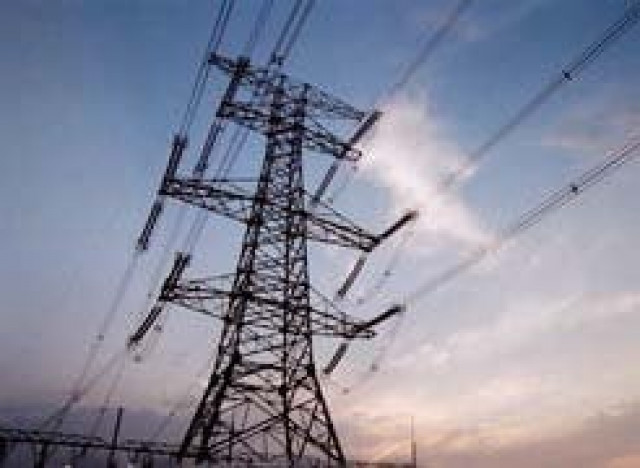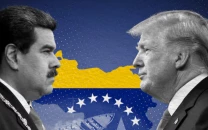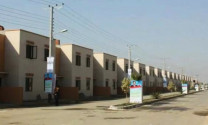Nepra jacks up power tariff by Rs2.97 per unit
Increase not applicable to residential consumers having consumption of up to 300 units

The National Electric Power Regulatory Authority (Nepra) on Friday increased electricity rates by Rs2.97 per unit on account of quarterly tariffs and levying surcharge.
The power regulator increased power tariff by Rs1.72 per unit for quarterly adjustments of power distribution companies and Rs1.25 per unit in electricity surcharge.
The ailing power sector companies will recover this amount from electricity consumers who are already paying their bills.
However, Nepra in a statement said that the consumer-end tariff would only increase by around Rs0.08/kWh except for commercial users. The increase for commercial consumers will be by Rs0.11/kWh with effect from September 30, 2021.
This increase would not be applicable to life-line and residential consumers having consumption of up to 300 units.
The regulator announced an increase on account of quarterly adjustments of power distribution companies (DISCOs) for the 4th quarter of financial year 2019-20 and first and second quarter of financial year 2020-21.
The authority determined quarterly adjustments of DISCOs for the 4th quarter of FY 2019-20 vide a decision dated February 10, 2021, with a uniform rate of Rs0.8276/kWh.
Similarly for the 1st and 2nd quarters of FY2020-21, the authority through a decision dated May 6, 2021, determined a uniform rate of Rs0.8966/kWh.
The Power Division through a request dated May 21, 2021 filed a reconsideration request on these decisions of the authority. It sought that these adjustments should be made applicable from October 2021, instead of the date of notification, once the periodic adjustments already in field cease to be effective, and be notified as such after incorporating the surcharge as proposed.
The authority accepted the request that the effectiveness of the recommended periodic adjustments be made effective from October this year after the lapse of the existing quarterly adjustments -- September 30, 2021 -- and would remain applicable till September 30, 2022.
The sector is still bleeding due to the inefficiencies in the distribution companies. Prime Minister Imran Khan had issued directions soon after he came in power to appoint permanent heads of DISCOs.
However, almost all power distribution companies are being run through ad hoc arrangements. The Power Division has so far been able to appoint the head of one firm, the Hyderabad Electric Supply Company (Hesco).
The losses are still higher and consumers are paying the cost of inefficiency.
Power consumers are already paying different surcharges like financial cost surcharge, tariff rationalisation surcharge and debt servicing surcharge to pay the cost of debt and inefficiencies of distribution companies.
Electricity theft in the country’s power sector continues to plague the entire energy chain.
The high rate of electricity theft is a major reason for the rising circular debt and high rates.
The average rate of electricity theft is 17%.
The power distribution companies are paying higher losses.
However, the losses of the Islamabad Electric Supply Company (IESCO) are the lowest at 8.80% compared with other distribution companies.
Hesco is facing electricity theft and losses at 28%. The Quetta Electric Supply Company (Qesco) also faces losses of 22.60%.
The power distribution companies in the two provinces – Khyber-Pakhtunkhwa and Sindh-- face higher electricity theft and losses.
The Peshawar Electric Supply Company (Pesco) in K-P faces losses of 35.10%.
Power plants are supplying electricity to the Central Power Purchasing Agency (CPPA) at 100 % capacity.
Read More: NEPRA hints at up to 68 paisa tariff adjustment
However, a major chunk of electricity disappears while distributing to the consumers due to electricity theft and low recovery of electricity bills.
The power distribution companies need to recover 100% of bills from the consumers to avoid the build-up of circular debt.
Since 2013, different governments have been making efforts to improve the recovery of electricity bills. But they have not succeeded so far.
Recovery of electricity bills stood at 89.6% in the year 2013 that went up to 94.1% in the year 2016-17.
However, it dropped again to 90.1 percent in the year 2018 when the PTI government came into power.
It has remained at 90.3% during the tenure of the present government.


















COMMENTS
Comments are moderated and generally will be posted if they are on-topic and not abusive.
For more information, please see our Comments FAQ